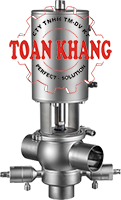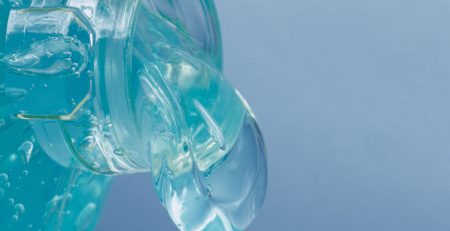Beer & Wine products
Alcoholic fermentation of wine is a biological process, triggered with the addition of yeasts, in which the sugars in the must turn into ethyl alcohol, CO2, heat and other by-products.
Gaseous carbon dioxide (CO2) causes the solids, mainly the skins, to rise to the surface of the must. This phenomenon forms a compact layer at the top, called the cap. The cap protects the must from bacteria and oxidation.
Pumping over
The must can be pumped over to make the mixture in the tank consistent. This technique consists of transferring the fermenting must from the bottom to the top of the tank to soak the cap. Spraying devices can also be used to distribute it evenly over the surface and they also prevent the formation of channels that could affect the maceration process.
Solution
Other benefits of pumping over
– Aeration of the must to increase and activate the yeasts.
– Preventing the cap from drying to avoid the formation of bacteria and mould on the surface.
– Keeping the cap cool (the skins in the cap can reach high temperatures and pumping over cools them down and helps prevent the growth of thermophilic bacteria).
– Distribution of the yeasts.
– Extraction of substances from the skins, especially tannins, colours and aromas.
The seeds of the grapes gather at the bottom of the tank during fermentation and, unlike the skins, carbon dioxide cannot make them float to the surface. Therefore, it is necessary to pump them up onto the top of the cap so that more of their tannins can be extracted.
The number of times and frequency with which the wine needs to be pumped over in each tank is decided by the oenologist depending on the grape variety, fermentation phase and the wine being made.











